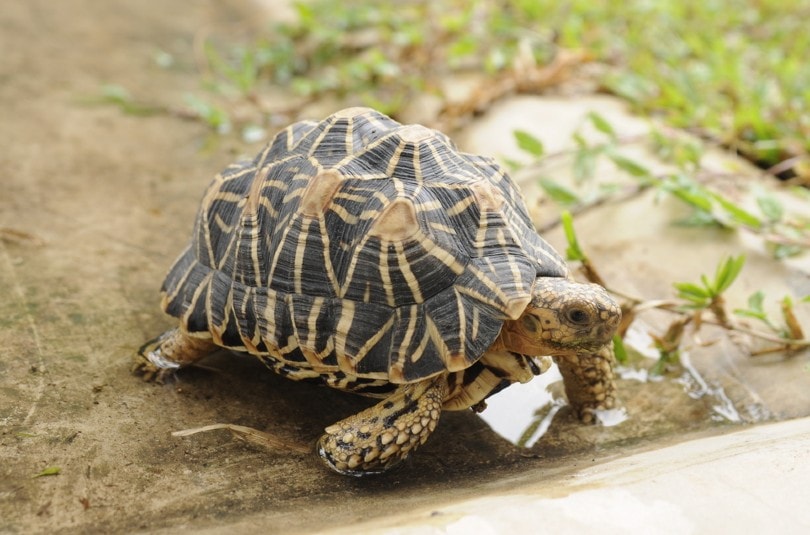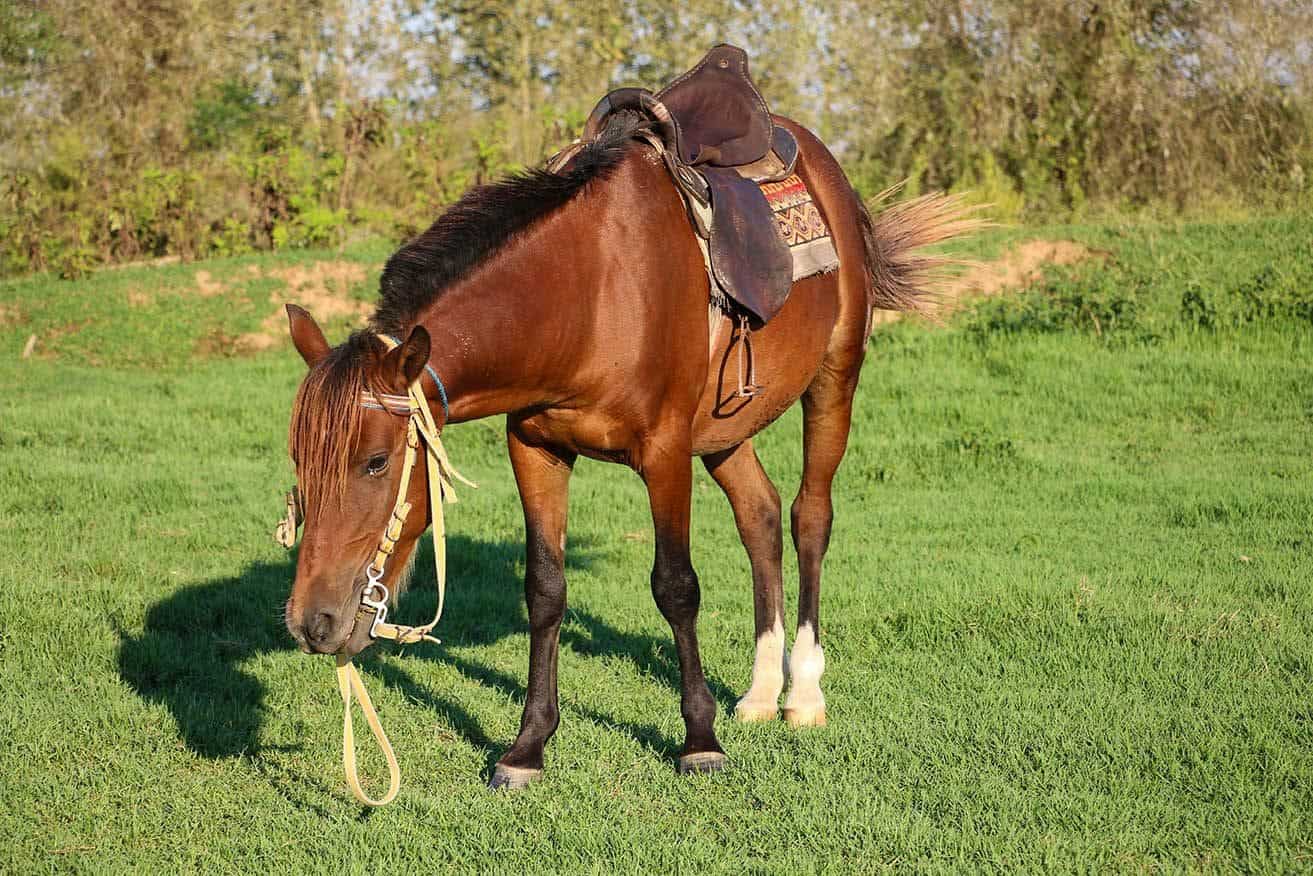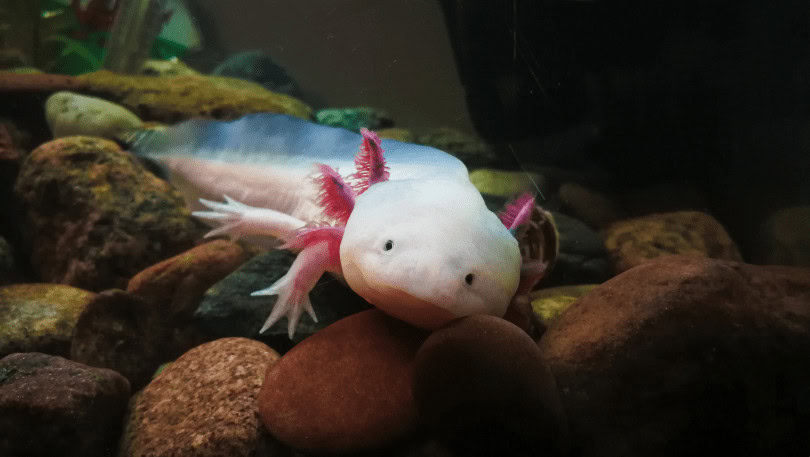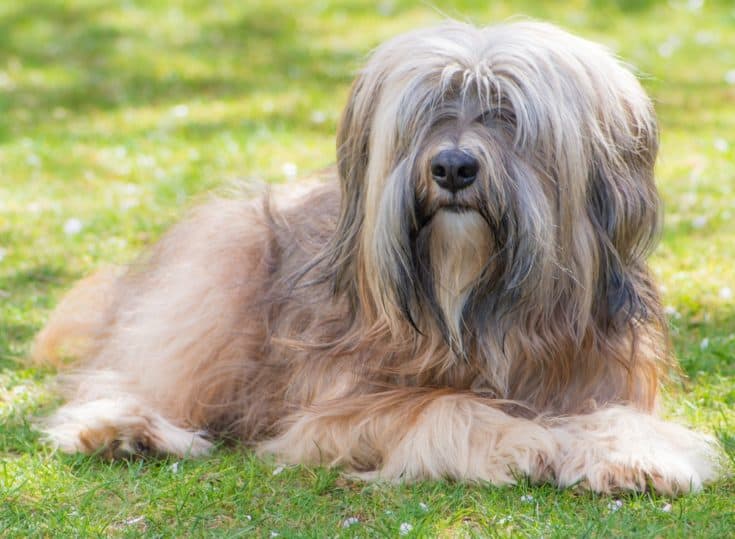Click to Skip Ahead
The Indian Star Tortoise is a shy but beautiful tortoise that has become a popular pet. While endangered in the wild, they adapt well to breeding in captivity, which means many people have a chance to add an interesting new pet to their household.
If you are considering purchasing an Indian star tortoise, the first step is to learn how to properly care for them. In this article, we discuss this tortoise’s daily care, diet, tank setup, and other important information that you’ll need to keep your pet healthy and safe.

Quick Facts About the Indian Star Tortoise
| Species Name: | Geochelone elegans |
| Family: | Testudinidae |
| Care Level: | Difficult |
| Temperature: | 90–95 degrees F for basking; 70–85 degrees F in enclosure overall |
| Temperament: | Shy but docile and not territorial Does not tolerate handling |
| Color Form: | Dark brown or black shell with yellow, star-like markings |
| Lifespan: | 30–55 years |
| Size: | 7–12 inches |
| Diet: | Herbivore; variety of grasses, leafy greens, etc. |
| Minimum Tank Size: | 50 gallons, if kept indoors; prefers to live outdoors in a 6’ x 6’ enclosure |
| Tank Set-Up: | A thick layer of soil at the bottom, a hiding box, a basking lamp, plants, and a shallow water container |
| Compatibility: | Indian star tortoises get along well with each other; they do not tolerate other pets |
Indian Star Tortoise Overview
Native to India, Sri Lanka, and Pakistan, the Indian star tortoise is one of the most popular species of pet tortoises due to their striking appearance and docile nature. These tortoises are considered endangered in their native habitat, so it’s illegal to capture and export them, though unfortunately, this does still occur.
Indian star tortoises are used to a warm and wet natural environment. To stay healthy, their captive environment will need to be as similar as possible to their natural one. They prefer to live outside if they are able.
These tortoises will not be the right pets for everyone. They are shy and don’t tolerate handling well. In addition, they do have specific care requirements. Indian star tortoises are sensitive creatures that won’t tolerate many variations to those requirements either.
Keeping this tortoise will require a daily time commitment and attention to keeping their enclosure and diet just right. If you think that you are up for the challenge, read on for more details about caring for the Indian star tortoise!
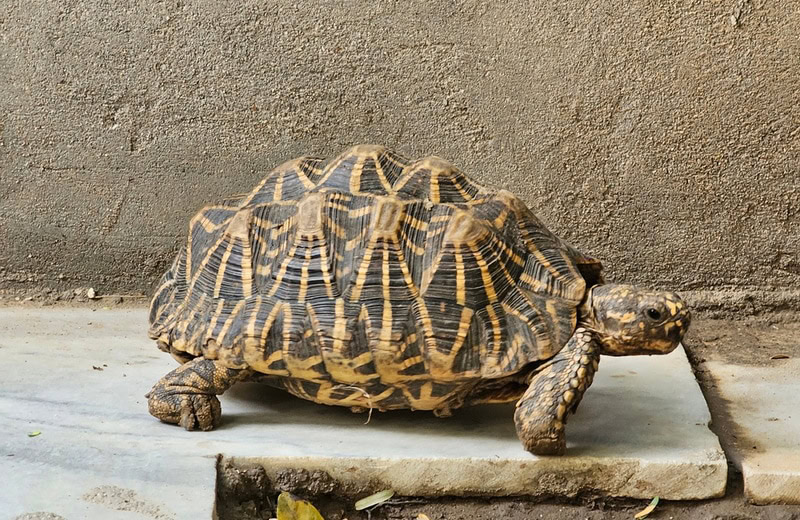
How Much Do Indian Star Tortoises Cost?
Indian star tortoises cannot be legally caught from the wild and sold. Fortunately, they breed well in captivity, so there are many captive-bred ones available for sale.
The cost to purchase an Indian star tortoise can run anywhere from $500 to $4,000, depending on the age of the animal. Baby tortoises are less expensive, while breeding females will fetch much higher prices.
Typical Behavior & Temperament
Unlike many tortoise species, the Indian star tortoise is not territorial or aggressive. Several individuals, either male or female, can be safely kept together, provided that their enclosure is large enough. Indian star tortoises are not big diggers or climbers like many other types of tortoises.
They are shy and spend a lot of their time either in a hiding box or tall grass. They do not tolerate handling and can become stressed if touchedtoo much.
Appearance & Varieties
A big reason that the Indian star tortoise is so popular is their beautiful markings. They have a dark brown or black shell with a pattern of ridges along the back and sides. Each ridge is marked with bright yellow streaks, forming the star patterns that give this tortoise their name. The head, tail, and legs are covered with light brown scales.
Technically, there are three separate variants of Indian star tortoises, depending on where they are found. Varieties from Pakistan and northern India tend to be larger and darker colored than those from southern India. The Sri Lankan tortoises are larger than the southern Indian variety and usually have more yellow on their shells.
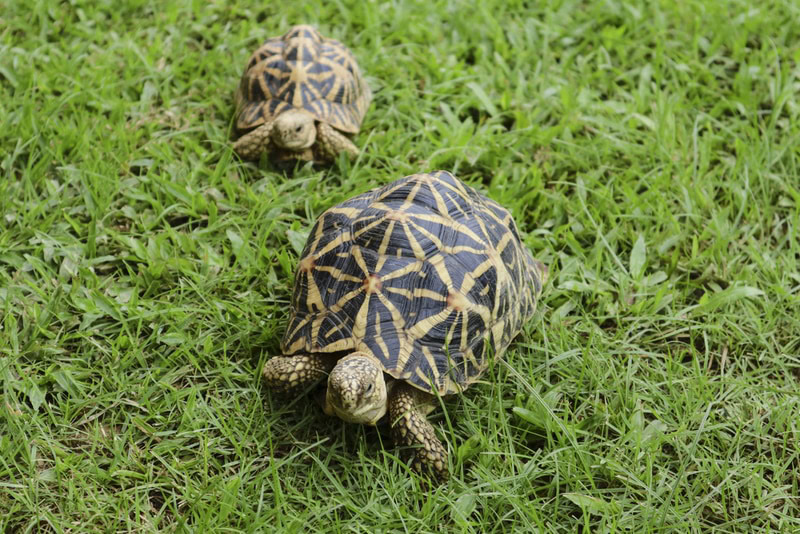

How to Take Care of the Indian Star Tortoise
Indian star tortoises can be a bit tricky to care for. While their needs aren’t too complicated, if they don’t have just the right living conditions, they may become sick or unhealthy. Here are guidelines on how to properly care for your pet.
Habitat, Tank Conditions & Setup
Outdoor Enclosure
If you live in a warm climate, Indian star tortoises will happily live outdoors. They can be kept in a 6’ x 6’ outdoor enclosure. The fence surrounding the enclosure only needs to be about 8 inches high since these tortoises are not good climbers. If there is a danger of predators in your area, you may need to provide protective screening over your tortoise enclosure.
Within the enclosure, your pet will need a hiding box, heated if necessary. There should also be a grassy area, including tall grass, for hiding and a bare dirt area for basking or laying eggs. Also, be sure to include a shallow water dish large enough for the tortoise to soak themselves.
Indoor Tank Setup
If you are keeping your adult Indian star tortoise indoors, they will need at least a 50-gallon tank to live comfortably. Make sure the tank has adjustable vents or a screened side for proper ventilation.
Place at least 6–8 inches of substrate, such as peat moss or organic potting soil, in the bottom of the tank. You can add rocks or other features if you want, but these aren’t necessary. Add live plants to the tank, but make sure they are safe for your tortoise to eat.
Your pet’s tank will also need a hiding spot and a shallow water dish big enough to soak in.
Temperature
Indian star tortoises need to live in warm conditions. The tank will need a basking spot, heated to about 90–95 degrees F. The rest of the tank should always stay above 70 degrees, with an ideal temperature in the mid-80s F.
Besides heating lamps, heating pads can be used to keep your tortoise’s tank nice and warm. A tank thermometer is recommended to help keep the temperature in a safe range.

Humidity
Indian star tortoises need high humidity. The tank’s humidity should be kept at around 80%. Dry tank conditions can lead to respiratory problems, so this living condition needs to stay just right to keep your pethealthy.
Installing a hygrometer in your tank is the best way to monitor the humidity and make adjustments as needed. Keeping the substrate moist and adjusting the tank vents can help keep humidity high. You can also place an automatic mister in your tank.
Lighting
Indian star tortoises require UV light to stay healthy. An outdoor tortoise can get their UV rays from sunlight, but you will need to provide your indoor tortoise with a UVB light.
You will want a 10% UVB light that covers your tortoise’s entire tank. The tortoise will need 8–12 hours of UVB exposure daily.

Does the Indian Star Tortoise Get Along With Other Pets?
Indian star tortoises get along well together, unlike many other species of tortoises. Even male Indian star tortoises can live together without aggression or becoming territorial. Several male and female tortoises can happily co-exist in a large enough (usually outdoor) enclosure.
Since they are so shy and sensitive, Indian star tortoises don’t get along well with other animals, especially predator-type animals like dogs and cats. You will need to make sure your tortoise is secure and feels safe from any other pets in the household.
Make sure the outdoor enclosure is secure and that your tortoise can’t see out of their fence if they are sharing their yard with dogs or cats. Indoors, you will want to keep their tank safely away from other pets. Even if your dogs and cats don’t behave aggressively toward your tortoise, just the stress of knowing an animal that they consider a predator is present can cause problems with your tortoise.
What to Feed Your Indian Star Tortoise
Indian star tortoises are herbivores and natural foragers that will eat a range of plants and vegetables. To keep your pet healthy, you should feed them a high-fiber, calcium-rich diet with as much variety as possible.
- Grasses, including alfalfa, Bermuda, and ryegrass
- Leafy greens, such as lettuces, mustard greens, or dandelion greens
- Prickly pear cactus leaves
- Vegetables, such as carrots, squash, or bell peppers
- Commercial tortoise diets
Avoid feeding your tortoise fruit, which can cause diarrhea and lead to dehydration. You should also not feed vegetables like spinach and kale because they can interfere with how your tortoise uses calcium in their body.
Give your tortoise about as much as they can eat in 15–30 minutes every day. Another good gauge for how much to feed a tortoise is to serve about as much food as the size of their shell.
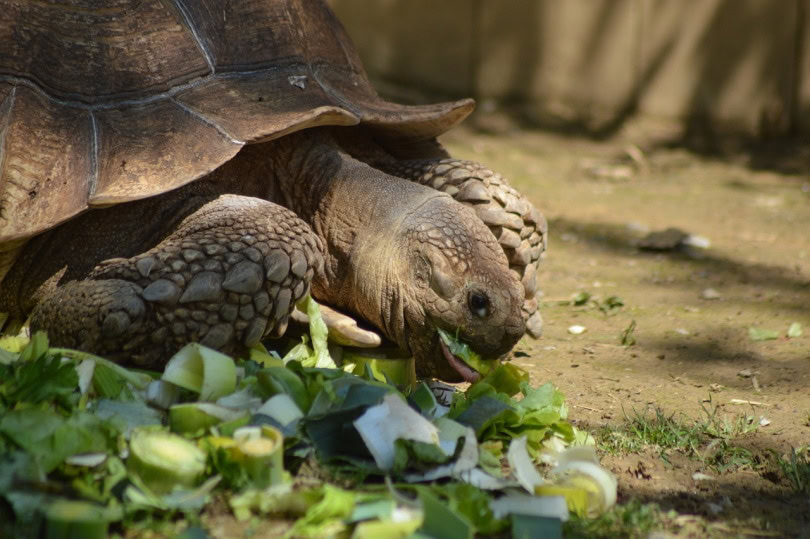
Keeping Your Indian Star Tortoise Healthy
Providing the correct living conditions and offering a healthy diet are the best steps you can take to keep your Indian star tortoise healthy. The two most common health concerns in Indian star tortoises are directly related to improper diet and living conditions.
- Respiratory Issues: Indian star tortoises can develop respiratory issues if they become too cold or dry. You will notice swelling and discharge from your tortoise’s eyes, nose, and mouth if this happens. Keeping your pet’s tank humid and warm will help you avoid these problems. Dirty tanks or enclosures can also contribute to respiratory problems. You should make time to spot-clean your tortoise’s tank every day and change their water when it becomes dirty. Once a month, you will need to deep clean and sanitize your pet’s full enclosure.
- Metabolic Bone Disease: If tortoises aren’t getting enough UV light or a calcium-rich diet, they can develop issues with their bones and shells. Not getting enough calcium leads to brittle and weak bones and shell disease. Your tortoise’s shell may crack or develop holes, putting them at risk for other health problems. To avoid any issues with calcium, make sure your tortoise gets the recommended amount of daily UV light. Change the bulb in the UV lamp every 6 months to be sure it’s always working. Feed them a varied diet, and ask your veterinarian if you need to add calcium or vitamin supplements to your tortoise’s food.
Breeding
Indian star tortoises breed well in captivity. They usually breed and lay eggs in warm and wet conditions, which will be seasonal for outdoor tortoises, typically in fall or winter. Indoor tortoises may breed and lay eggs year-round if conditions are suitable.
Females burrow into the sand or dirt to lay their eggs, so they must have access to an area of substrate deep enough for them to accomplish this. Indian star tortoises may lay eggs one to four times per year, producing two to six eggs each time.
To successfully hatch these tortoises, it is recommended that they be incubated between 100 and 180 days at a temperature of 80–89 degrees F. The sex of the baby tortoises is determined by the temperatures at which they are incubated. Higher temperatures of 88–89 degrees will develop more quickly and produce females. Male tortoises arrive when the incubation temperatures are cooler, around 84–85 degrees.
Hatchling tortoises should be kept indoors for safety as they grow. Their habitat and diet needs are similar to those of adult tortoises though they may require more calcium to grow properly. Consult your veterinarian to be sure you are providing the right nutrition for your growing tortoises.
Is the Indian Star Tortoise Suitable for You?
Keeping an Indian star tortoise as a pet might be the right choice for you if you are willing to devote the daily time to keep them healthy. They are not a pet that can tolerate dirty or incorrect living conditions without becoming sick or distressed. A good rule of thumb is to expect to spend about 45 minutes a day caring for your Indian star tortoise.
If you can provide a safe enclosure for the Indian star tortoise and diligently keep it clean, warm, and humid, you might just be a suitable owner for one of these beautiful creatures.


Final Thoughts
Indian star tortoises make beautiful, if not very interactive, pets. Keeping any kind of pet is a big responsibility and not one that should be taken lightly. Make sure you know what you are getting into by doing your research and learning all you can before committing to bringing an Indian star tortoise into your household. Also, remember that Indian star tortoises live significantly longer than pets like dogs or cats, as long as 30–55 years, so this could be a long commitment indeed!
- Related Read: Turtle vs. Tortoise
Featured Image Credit: eiammily, Shutterstock
